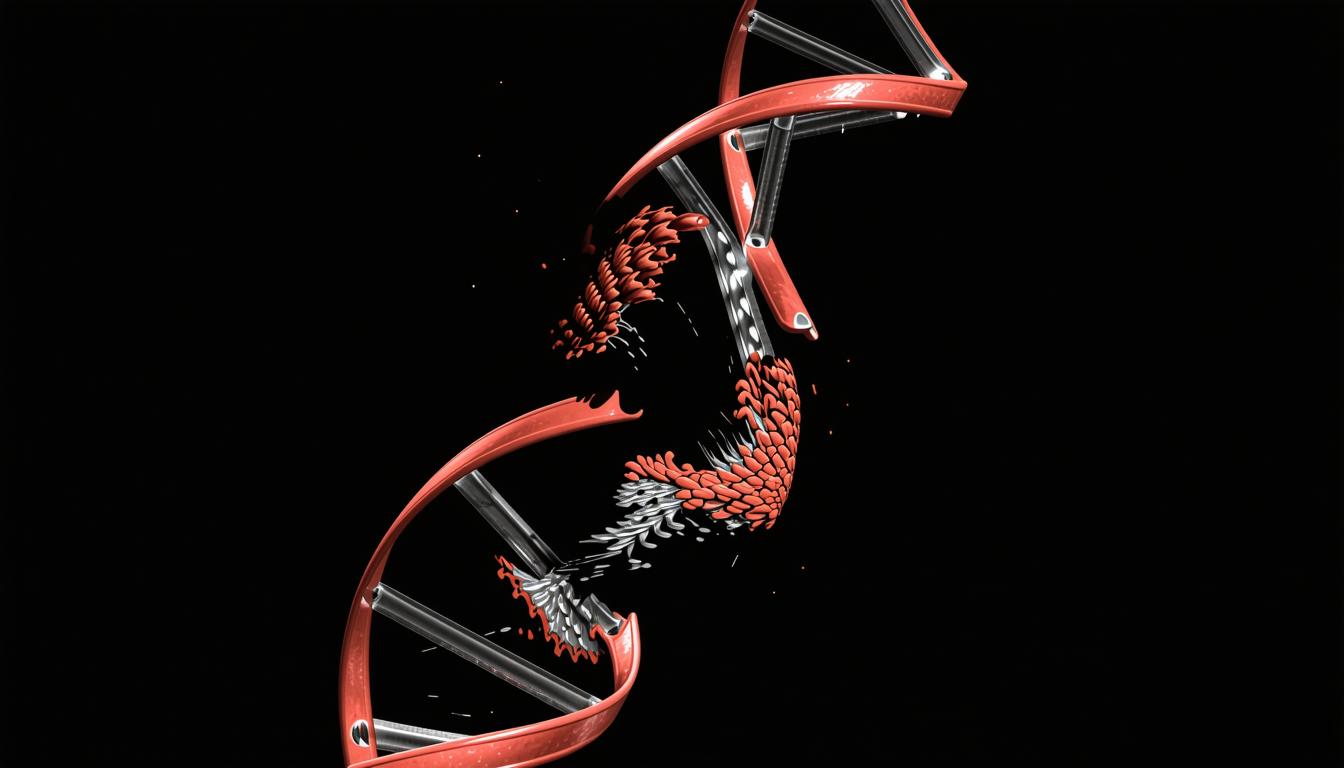
(Image credit: circotasu/Getty Images)
Understanding the Link Between Head Trauma and CTE
Chronic traumatic encephalopathy (CTE), a brain disorder, is often associated with repeated head injuries. Recent research indicates that these impacts might lead to inflammation and DNA damage accumulating in brain cells over time.
This DNA damage, which can result in cell malfunction and death, mirrors the damage observed in Alzheimer’s disease, according to the study.
Exploring DNA Damage in Neurons
Researchers delved into the connection between DNA damage and CTE after discovering that mature neurons, which typically don’t divide, still gather mutations throughout life. A 2015 study revealed that these mutations accumulate more rapidly in brain diseases like Alzheimer’s.
“We once believed neurons had the most stable genomes,” stated Dr. Christopher Walsh, a geneticist at Boston’s Children’s Hospital. “However, they acquire mutations annually, and this accelerates in neurodegenerative conditions,” he explained.
Investigating CTE and DNA Mutations
Published on October 30 in Science, the study examined the genomes of neurons from 15 individuals diagnosed with CTE posthumously, alongside those from four individuals with repeated head impacts but no CTE. These were compared to neurons from healthy brains and Alzheimer’s patients using single-cell whole-genome sequencing.
The findings revealed that neurons from CTE-affected brains had more DNA mutations than those from healthy brains, averaging 114 additional single-letter changes per neuron. However, neurons from individuals with repeated head impacts but no CTE showed no mutation increase compared to healthy brains.
Similarities with Alzheimer’s Disease
The mutation patterns in CTE closely resemble those in Alzheimer’s, with both showing increased mutations and similar DNA alterations.
In previous research, it was found that neurons accumulate mutations steadily over a lifetime, even in healthy brains, at a rate of about 17 new mutations per year. This rate accelerates in disease conditions.
Genetic Damage and Inflammation
Researchers also identified short insertions and deletions, known as indels, in neurons from both CTE and Alzheimer’s brains. These indels were more prevalent than in healthy brains, with some CTE cases showing over a thousand indels, akin to a century of normal aging.
“These indels are numerous enough to potentially cause significant dysfunction or cell death,” Walsh noted.
The Role of Inflammation
Although the study didn’t directly test for inflammation, previous work by Dr. Ann McKee and John Cherry showed widespread activation of microglia, the brain’s immune cells, in CTE brains.
“We suspect CTE results from repeated head trauma combined with inflammation,” Walsh said. “This combination may damage the genome similarly to how UV light affects skin or tobacco smoke impacts lungs.”
Future Research Directions
In conclusion, repeated head impacts may induce brain inflammation, promoting DNA mutations in neurons and leading to cell dysfunction and death. These insights suggest that while head trauma is a primary trigger for CTE, inflammation-driven DNA damage plays a significant role in its progression.
The research team is now exploring whether similar processes occur in other neurodegenerative diseases, such as amyotrophic lateral sclerosis (ALS) and Huntington’s disease.
“This might be a common pathway across various diseases,” Walsh suggested. “We aim to trace the biochemical steps from inflammation to neuron death to identify potential intervention points.”
